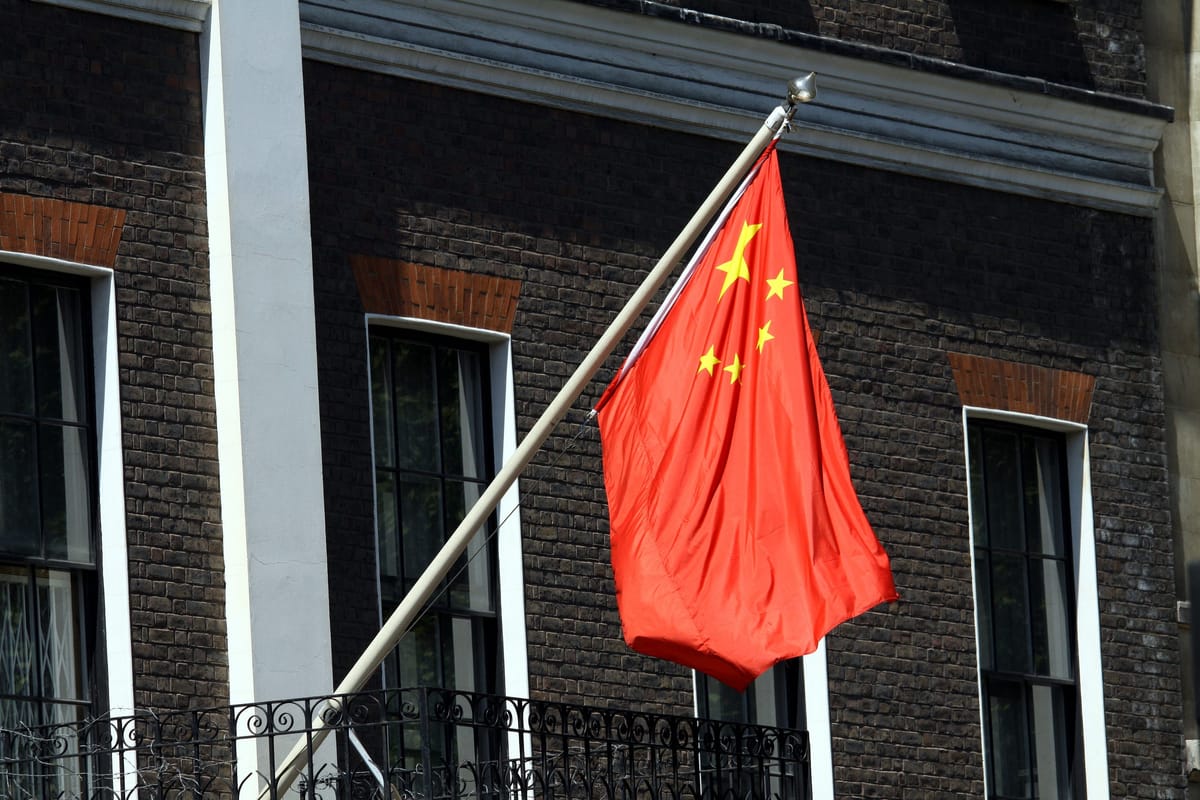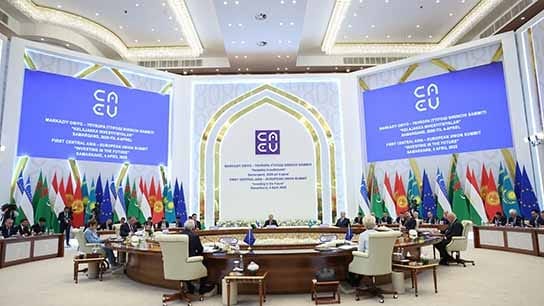A Fortress in the City
The Proposal for China’s ‘Super Embassy’ in UK

China has unveiled plans to build a massive new embassy in London, set to be the largest Chinese diplomatic mission in Europe. The proposed site at Royal Mint Court lies in the heart of London near the financial district and historic landmarks. The scale of this massive project has sparked heated debate in the UK, raising questions that go well beyond the construction of a few buildings. On the surface, it may seem like a technical issue of planning permissions and architectural details. But in reality, the project has become a case study in sovereignty, security, and how the physical presence of buildings can become a symbol of geopolitical power.
The Role of Embassies in Diplomacy
Embassies are more than just administrative offices for issuing visas or assisting citizens. They are visible representations of a nation’s power, identity, and influence abroad. Since the codification of diplomatic practices in the Vienna Convention of 1961, embassies have enjoyed privileges such as immunity from local jurisdiction and protection of staff and property. Yet, it is important to remember that an embassy still remains under the sovereignty of the host nation. The host country has the right to regulate construction, zoning, and security arrangements. Once an embassy becomes operational, however, its internal activities are largely shielded from oversight.
Historically, embassy size and location have carried symbolic weight. Smaller missions communicate practicality and limited influence, while larger, fortified compounds serve as statements of global ambition. China’s proposed “super embassy” in London fits squarely into this tradition of using architecture as a projection of national prestige and power.
The UK Case
Royal Mint Court, chosen for the new Chinese embassy, is no ordinary location. It sits close to the City of London, the hub of global finance, and near many heritage sites that attract millions of tourists. From the outset, planning applications for the embassy attracted scrutiny. Several of the submitted blueprints were heavily redacted, raising suspicion about hidden facilities within the compound. Critics argued that transparency is essential when approving a project of such strategic significance.
Local residents also raised other concerns. They feared that the complex, with its scale and security perimeter, would disrupt community life and restrict access to heritage areas. Questions were asked about emergency service access, protest management, and the sheer presence of a fortress-like structure in one of the most visible corners of London. Tower Hamlets Council rejected the application in 2022, but the decision was later escalated to the central government.
Now, the UK government has postponed its final decision until October. Ministers face a delicate balance: approving the project could be interpreted as capitulation to China, while blocking it may provoke diplomatic retaliation, including restrictions on Britain’s own plans for a new embassy in Beijing. The delay reveals the depth of the dilemma.
China’s Motives: Why a ‘Super Embassy’?
China argues that this plan is a practical necessity. With over 200,000 Chinese students and a large Chinese diaspora in the UK, the current embassy is simply overwhelmed by demand for consular services. However, it’s not just about that. China also knows the importance of cultural diplomacy, and wants to portray the site as a hub for art exhibitions, educational exchanges, and soft power projection. To Chinese policymakers, the new compound is positioned as both functional and symbolic.
At its core, the embassy project reflects what scholars describe as China’s “fortress diplomacy.” It is designed not only to handle administrative workload, but also to project power, resilience, and permanence in the heart of Europe.
Risks and Concerns for the UK
Critics, however, see ulterior motives. Intelligence analysts point out that the embassy’s location — overlooking the financial district — makes it ideal for surveillance operations. Given its location, even minor intelligence operations could grant China an extraordinary vantage point over financial and governmental activity.
The size of the facility suggests room for far more than routine consular staff. Human rights advocates worry it could become a base for monitoring dissidents and intimidating activists, including those who fled from Hong Kong or campaign for Uyghur rights. Others highlight the embassy’s potential role in influence operations: outreach to local politicians, universities, and media that goes well beyond normal diplomatic engagement. There are also fears that the site could become a magnet for protests, particularly during times of heightened tension over Hong Kong, Taiwan, or Xinjiang.
Diplomatically, Britain must weigh the possibility of retaliation. If it refuses approval, China could make life difficult for the UK embassy in Beijing. If it approves, it risks looking weak in the eyes of allies and its own citizens. Politically, secrecy surrounding the planning documents has already eroded trust. Critics accuse ministers of withholding information from the public, fueling suspicion that national security is being compromised.
Global Context
The proposed “super embassy” in London is not an isolated case but part of a broader pattern. In recent years, China has constructed oversized, highly secure embassies in locations ranging from Islamabad to Addis Ababa. These buildings often dwarf their counterparts from other countries, signaling not only administrative ambition but also geopolitical intent. They serve as nodes in a global network of influence, allowing China to integrate diplomacy with strategic positioning. Other Western capitals are grappling with similar issues. In Canberra and Brussels, concerns have been raised about surveillance and influence operations linked to embassy activities.
Conclusion
The controversy over China’s “super embassy” in London is a litmus test of how democracies respond to the strategic ambitions of an assertive China. Approving or rejecting the embassy will send a signal not only to Beijing, but also to Britain’s allies and its own citizens.
The project reminds us that geopolitics is not confined to summits, treaties, or military maneuvers. It is also embedded in the physical spaces nations build abroad. What appears to be a question of construction permits is, in reality, a story about sovereignty, security, and the balance of power in the 21st century.




Comments ()